Anna Apple ( Grafted )
₹449
The Anna Apple, a popular grafted variety, is renowned for its juicy, sweet, and crisp fruit. This dwarf apple tree is perfect for home gardens, balconies, and small spaces. Its compact size and early fruiting make it a delightful addition to any landscape.
62 people are viewing this product right now
🔥 11 items sold in last 3 hours
Sold Out!
This product is currently unavailable
The Anna Apple, a popular grafted variety, is renowned for its juicy, sweet, and crisp fruit. This dwarf apple tree is perfect for home gardens, balconies, and small spaces. Its compact size and early fruiting make it a delightful addition to any landscape.
Key Features & Benefits
- Early Fruiting: Enjoy delicious apples within a short time.
- Compact Size: Ideal for limited space gardening.
- High Yielding: Produces abundant fruit despite its size.
- Disease Resistance: Resilient to common apple diseases.
- Easy to Care For: Minimal maintenance required.
Plant Care Guide
Ideal Plantation Locations
Anna Apple trees thrive in temperate climates with well-drained soil. They prefer full sun exposure for optimal growth and fruit production.
Planting & Gardening Instructions
- Location: Choose a sunny spot with well-drained soil.
- Soil Preparation: Dig a hole twice the width and depth of the root ball. Mix well-rotted compost or manure into the soil.
- Planting: Gently place the tree in the hole, ensuring the graft union is above the soil line. Backfill with soil and water thoroughly.
- Spacing: Plant multiple trees at least 6-8 feet apart.
Watering
Water the tree regularly, especially during dry periods. However, avoid overwatering, as it can lead to root rot.
Fertilizers
Apply a balanced, slow-release fertilizer in early spring. You can also use organic compost or manure as a natural fertilizer.
Repotting Instructions
Re-pot your Anna Apple tree every 2-3 years or when the roots become pot-bound. Choose a slightly larger pot and fresh potting mix.
Fruiting Season
Typically, Anna Apple trees start fruiting within 1-2 years after planting. The peak fruiting season is usually in late summer or early autumn.
Usage Ideas
- Home Gardening: A beautiful addition to your backyard or balcony.
- Gifting: A thoughtful present for gardening enthusiasts.
- Landscaping: Create stunning landscapes with these dwarf apple trees.
Care Tips
- Pruning: Prune regularly to maintain shape and encourage fruit production.
- Pest Control: Monitor for pests like aphids and scale insects. Use organic insecticides if necessary.
- Mulching: Apply a layer of mulch around the base of the tree to conserve moisture and suppress weeds.
Only logged in customers who have purchased this product may leave a review.
₹99
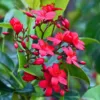

₹4,999
Related products
Designed, Developed & Maintained by Growww.
Copyright © 2024 Ashok Chakra Nursery

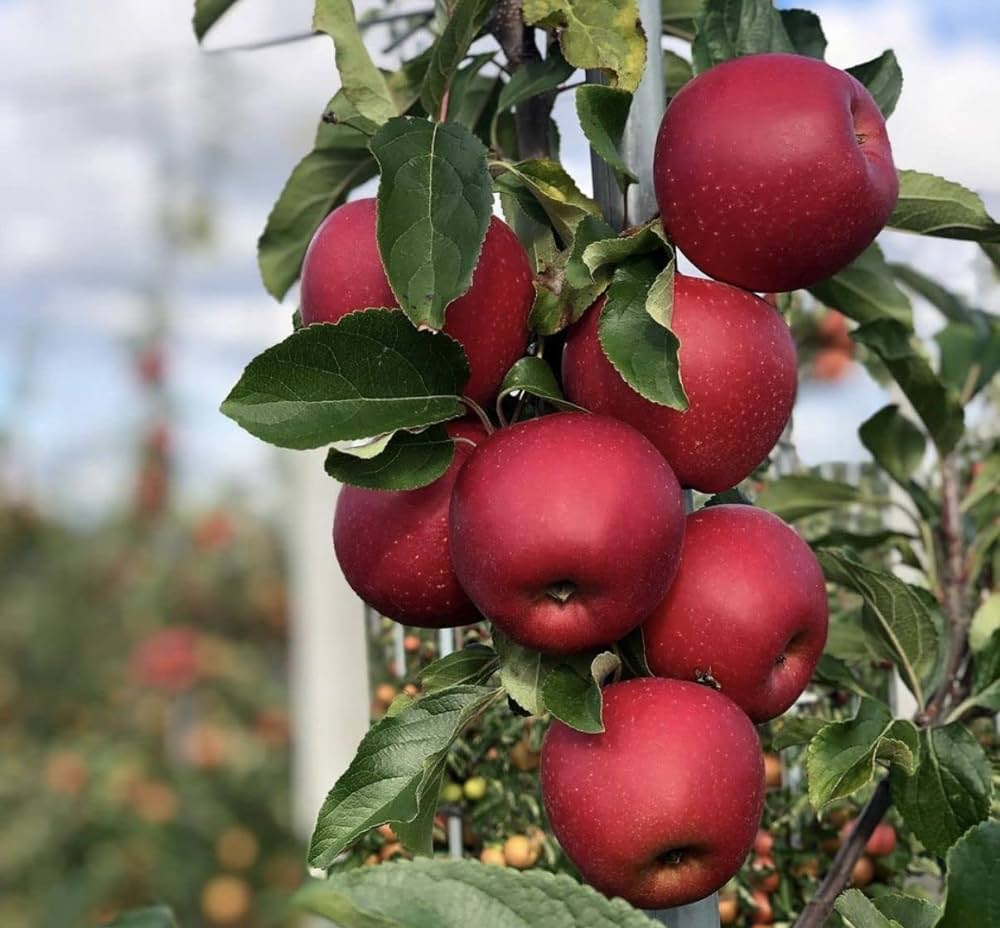
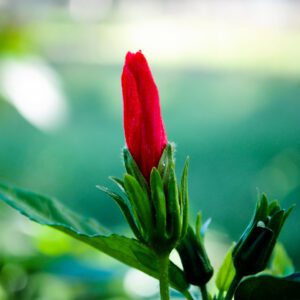
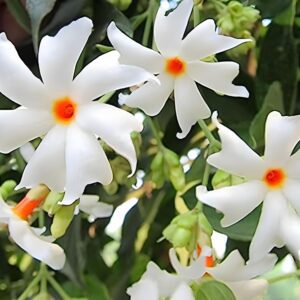
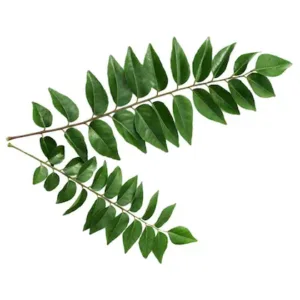
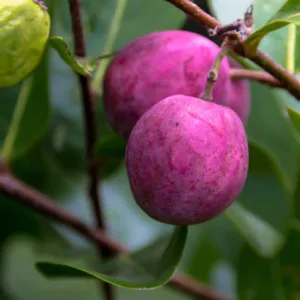
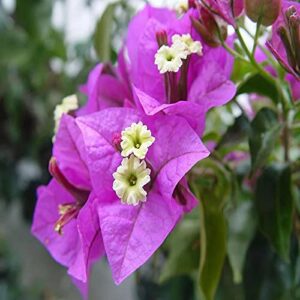
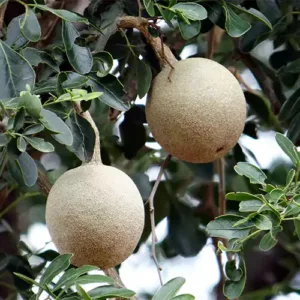
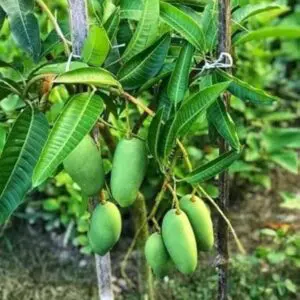
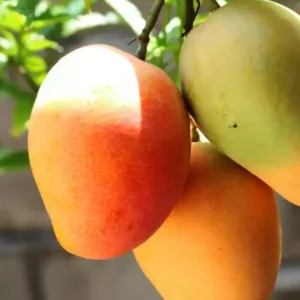
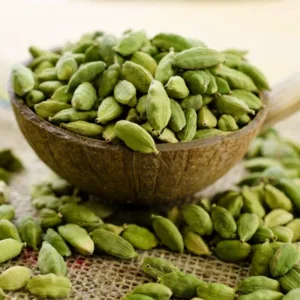
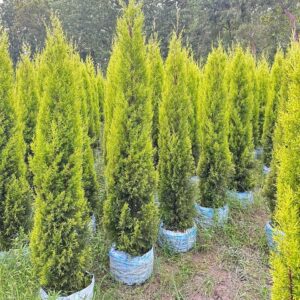
Reviews
There are no reviews yet.